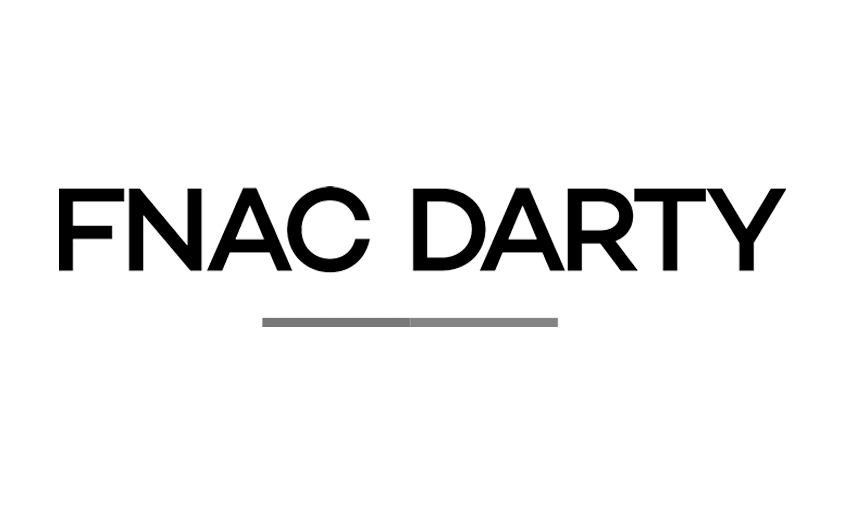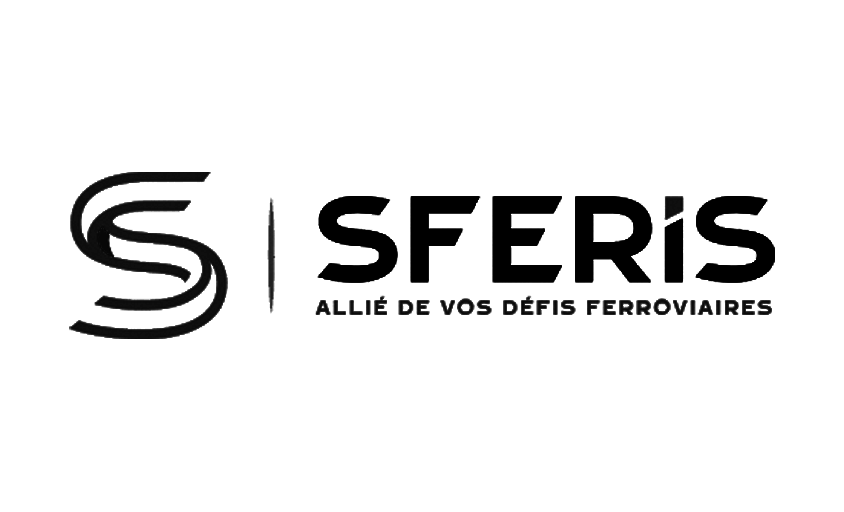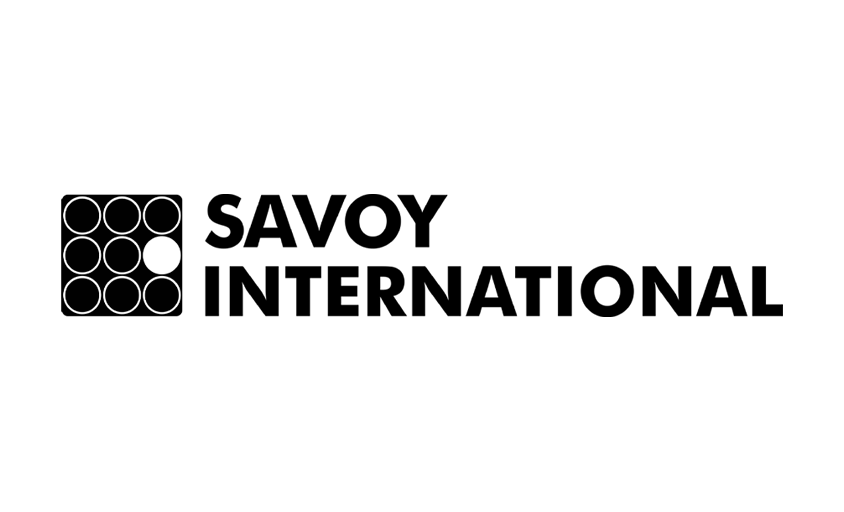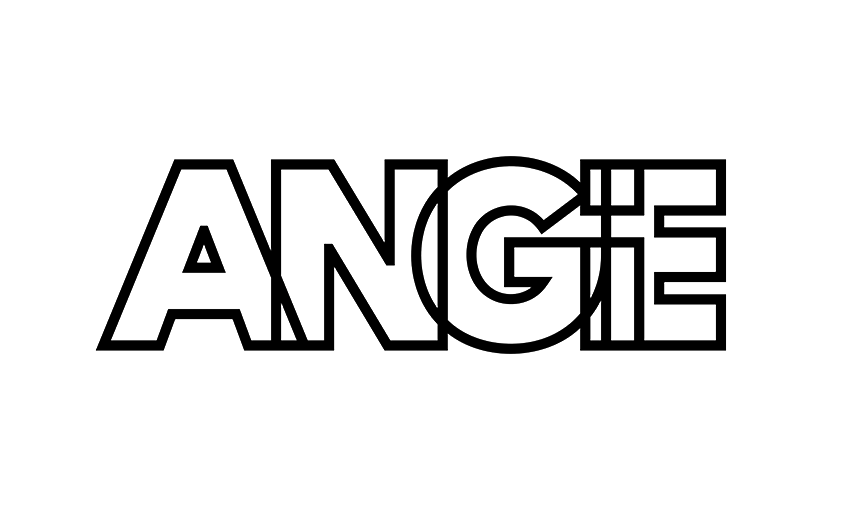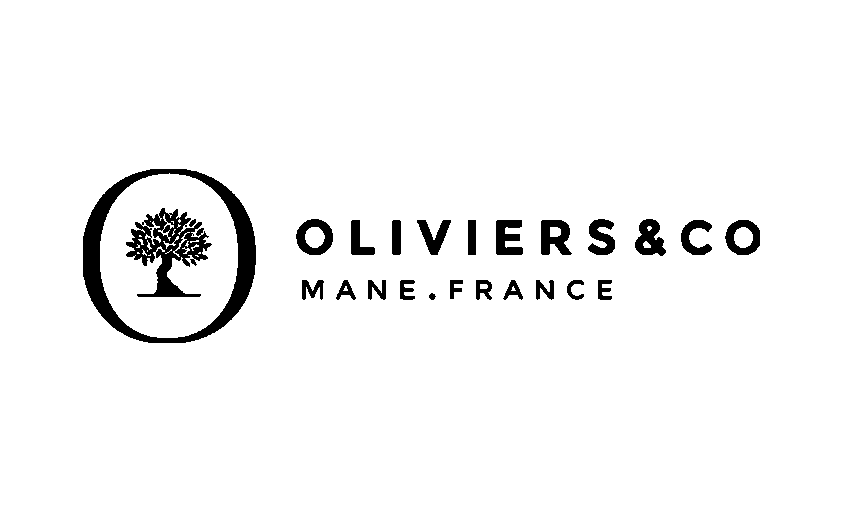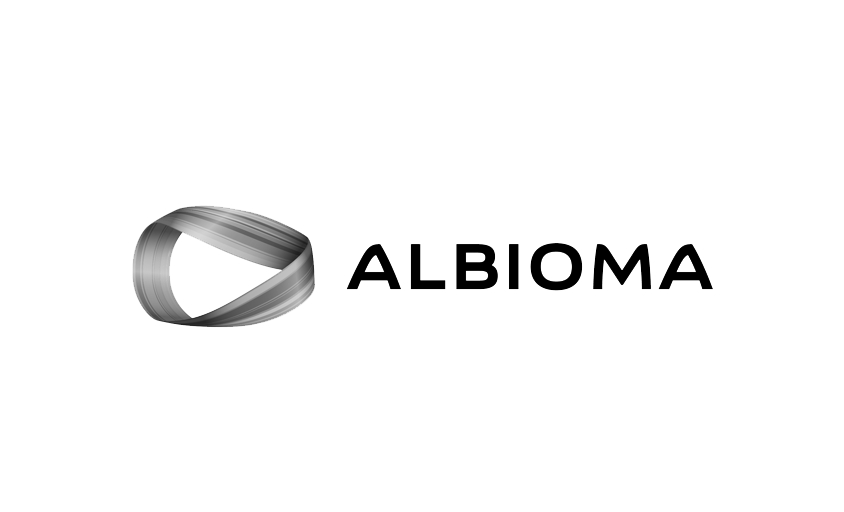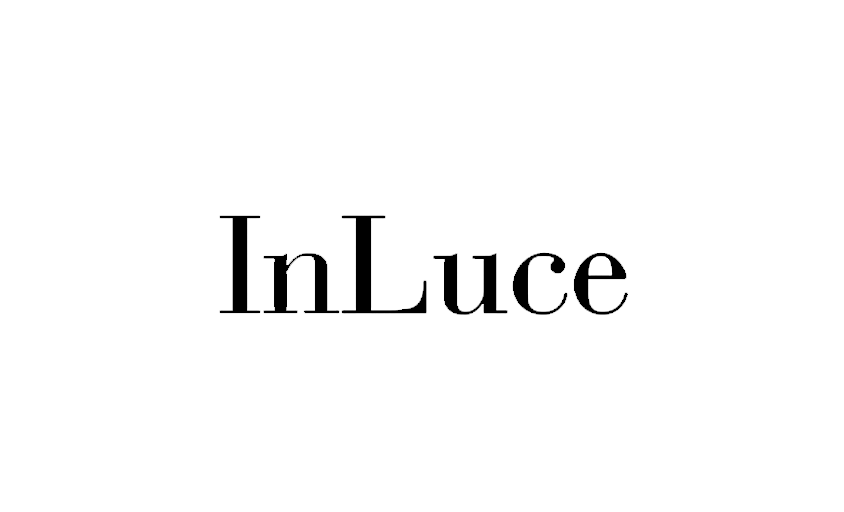Cliché
In this article :
Origin and Multiple Meanings of the Word “Cliché”
The word “cliché” isn’t exclusive to photographic vocabulary. It has an older history and several meanings that still coexist today. Originally, “cliché” referred to an engraved metal plate used in 19th-century printing workshops to reproduce a text or image identically. By extension, it later came to describe the photosensitive plate on which the image was fixed in early photographic processes, an association that naturally established itself in the visual field.
In parallel, the term evolved in everyday language to describe a ready-made phrase or a banal idea repeated to the point of losing its impact. We speak of a “cliché” to refer to stereotyped speech, a commonplace notion, or a predictable image. This figurative sense has become widespread in literary criticism, media, and common usage.
In the world of digital photography, the term “cliché” holds particular richness. Historically tied to printing and analog photography, it now refers both to a single snapshot and to the multiple images used to create complex visual compositions. In a professional context (especially in advertising photography) the cliché is much more than a simple snapshot: it becomes a technical, narrative, and aesthetic tool. This article focuses on that photographic usage of the term, showing how photographers, including those at our studio Rétines, use the cliché to create striking visuals, whether capturing a single image or assembling multiple shots to design a structured composite.
Singularity of the Image
In its most basic form, a photograph represents a moment frozen through the photographer’s lens. Each frame holds its own aesthetic and narrative value, capable of telling a full story or conveying raw emotion. In advertising photography, a single image is often enough to deliver a powerful message, provided that composition, lighting, and subject are in perfect harmony.
Composite Images
Digital photography opens the door to much broader creative possibilities, especially through image layering. This method involves assembling several successive shots to highlight specific details, incorporate complex lighting effects, or emphasize particular elements such as hot foil stamping or textures. In advertising, this technique allows photographers to go beyond the limits of a single shot by offering greater control over the final visual impact.
The Art of Assembly
Creating a visual composition from multiple elements requires advanced technical skills and clear artistic direction. Digital retouching is often used in post-production to merge different shots, correct inconsistencies, or enhance specific contrasts. This approach strengthens the overall image quality, draws focus to key product areas, or builds a graphic atmosphere that would be difficult to achieve in a single exposure.
Conclusion
Whether it’s a single shot or a complex digital composition, every visual capture plays a specific role in a photographic project. In professional photography, mastery of light, texture, and the final rendering depends as much on the photographer’s eye as on their ability to produce a clear, impactful, and technically sound image. At Rétines, we approach each project with this goal: to create solid visuals, built image by image, whether through direct capture or through a carefully constructed series.
Jérémy Carlo is the editorial director at Rétines, where he ensures the consistency and clarity of all content produced by the studio.
Our Clients
Let’s discuss
What we do for you at Rétines
Meticulous work, an organised project and fast delivery. And to achieve this, we mobilise the right resources in our teams at the right time.
01
Pre-production
Artistic and technical direction tailored to the project.
Relevant recommendations on content, form and resources.
02
Photo Shooting
Photos taken by our experienced photographers.
Production that’s controlled, efficient and tailored to the needs of the project, with nothing superfluous.
03
Retouching
Technique
Photographs magnified by our retouching team.
Post-production to meet the commercial challenges of the brief.

